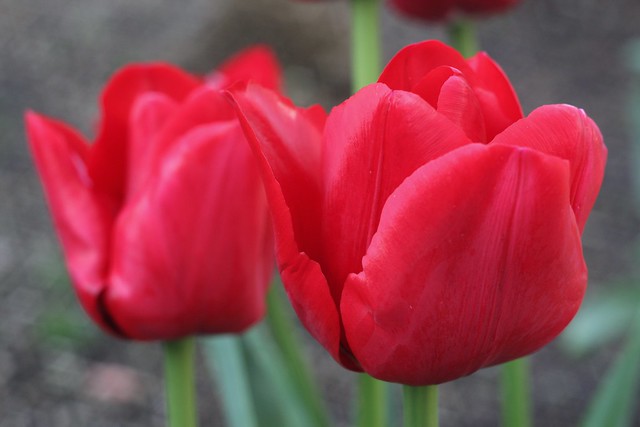Today's adventure takes us to the Mt. Hood Avenue MAX station, the last Red Line station before the airport. It's part of the Cascade Station retail area, and it looks like your basic suburban MAX station, with a full set of recent-vintage big box stores, and the traditional something-on-a-post sculpture, which we'll get to in just a moment.
Today's Cascade Station is not really what the city hoped would happen here. Other than the jets overhead, it looks exactly like a retail center in Tualatin or Vancouver or (shudder) Seattle. But it's not like swanky condo towers were feasible (or even legal) this close to the airport, and condo towers are normally Portland's one-size-fits-all prescription for everything everywhere. The city didn't have a creative plan B for the land, so national big boxes and chain restaurants filled the void.
An additional factor driving this is Oregon's lack of a state sales tax, which pulls Washington shoppers across the Glenn Jackson Bridge in search of deals. For whatever reason, Washingtonians seem to be mad for big national chains, so the Oregon sides of both the Glenn Jackson and Interstate bridges have turned into outposts of retail suburbia within Portland city limits. The only local businesses in the area seem to be video poker cafes, another inexplicable thing Washingtonians can't seem to get enough of. On the flip side, Washington lets you walk into a grocery store and buy Sudafed, a jug of vodka, and a crate of fireworks, and you can legally pump your own gas while you're up there. Supposedly they'll even have legal cannabis stores in a few months, though the date keeps getting delayed. So, six of one, half a dozen of the other, I guess.
But I digress. We're here in pseudo-suburbia to visit Cloud Cavu, the art I breezed right past in the first paragraph. TriMet's Red Line art guide describes it:
Designed and fabricated by rhiza A+ D, "Cloud Cavu" was the result of a public and private partnership involving TriMet, the Portland Development Commission, Summit Group and the Port of Portland. "C.a.v.u." is an aviation term meaning ceiling and visibility unlimited. The sculpture was inspired by the experience of arriving and departing by plane through Portland's winter cloud-filled sky.
The something-on-a-post design I mentioned earlier is common along the Green and Yellow MAX lines; I think the reasoning is that the art's harder to vandalize this way. This is probably one of the better ones, as far as these things go; it picks a single theme and runs with it, instead of trying to embody the whole Wikipedia article about the surrounding neighborhood like many of them do. It probably helped that there was no surrounding neighborhood when the MAX station went in, but hey. It does remind me a little of the folding cardboard dividers that come in boxes of beer or wine bottles, not that there's anything wrong with that. Anyway, for more info, here's the design firm's page about Cloud Cavu, which has more photos of it, and the Port of Portland's press release about it when it went in.
Flying out on a grim winter day (the inspiration for Cloud Cavu) is an experience worthy of a sculpture or two. Imagine: It's cold, grey, dreary, probably raining outside. But it's suddenly not so bad, because you're leaving on a jet plane. The plane takes off, the raindrops covering your window are blown dry by the wind, and the ground quickly falls away. Winter clouds hug the ground tightly, so you reach the cloud deck in no time at all. You're in for a few minutes of dense fog and mild turbulence as the plane climbs through the clouds. And then, quite suddenly, you're through. The sun shines brightly in the deep blue sky, and a sea of misty cloud tops stretches to the horizon. You know everyone down below is getting rained on, and they're complaining they haven't seen the sun in months. That was you just this morning, in fact, but that now seems long ago and far away. You see a few contrails off to the side, other planes full of other people who are in on the secret. The plane turns, and there's the top of Mt. Hood, poking up through the clouds. (This doesn't always happen, but it can, so you might as well imagine it this way.). You stare out the window for a while, then someone comes by with a cart and brings you a coffee or a merlot mini-bottle. The whole thing is like magic, and it never gets old.





